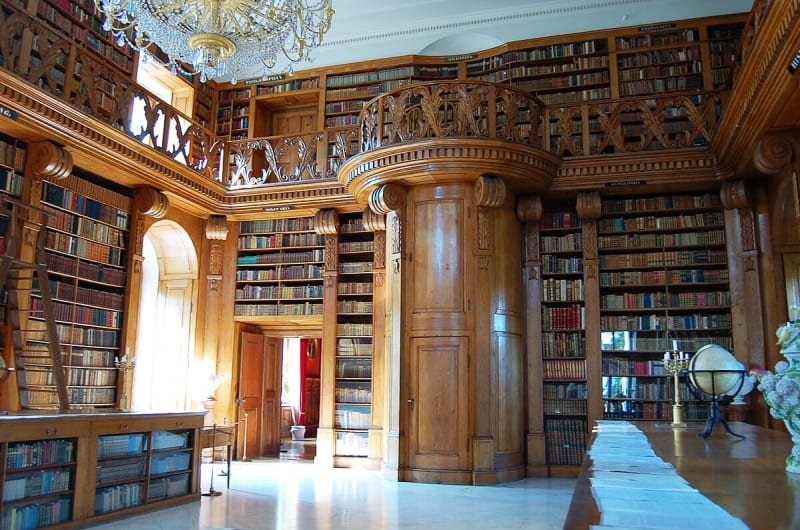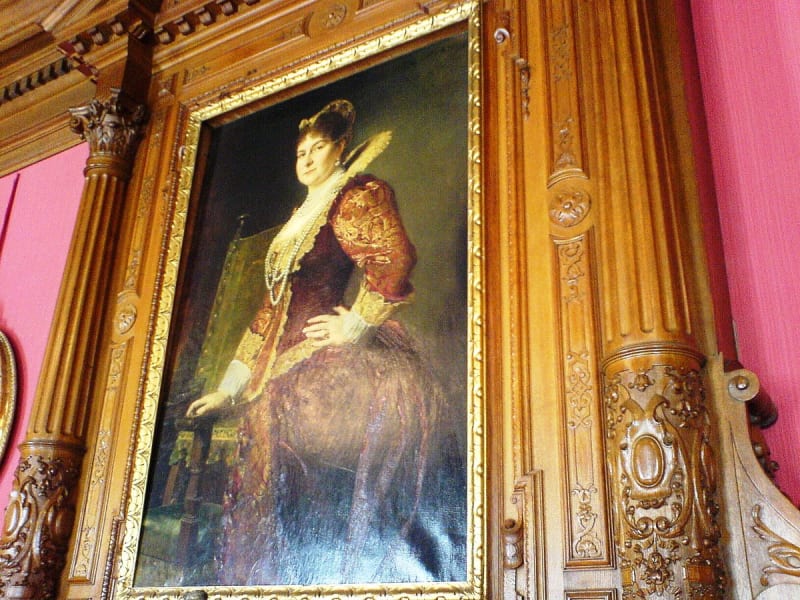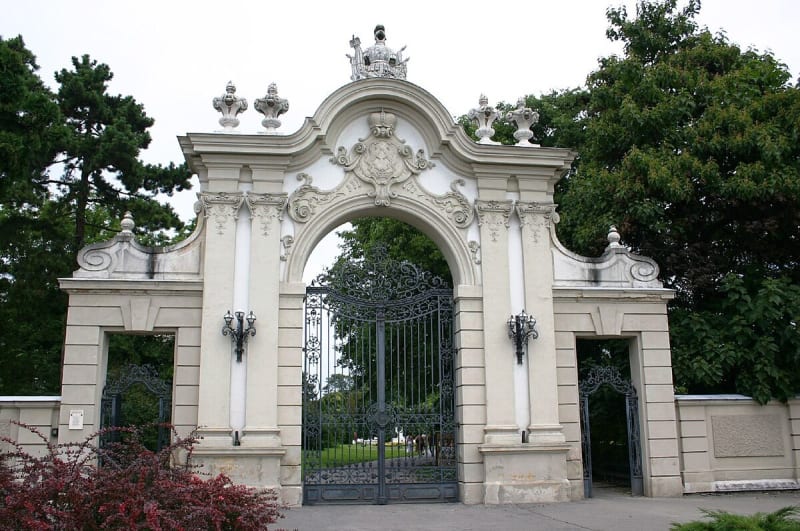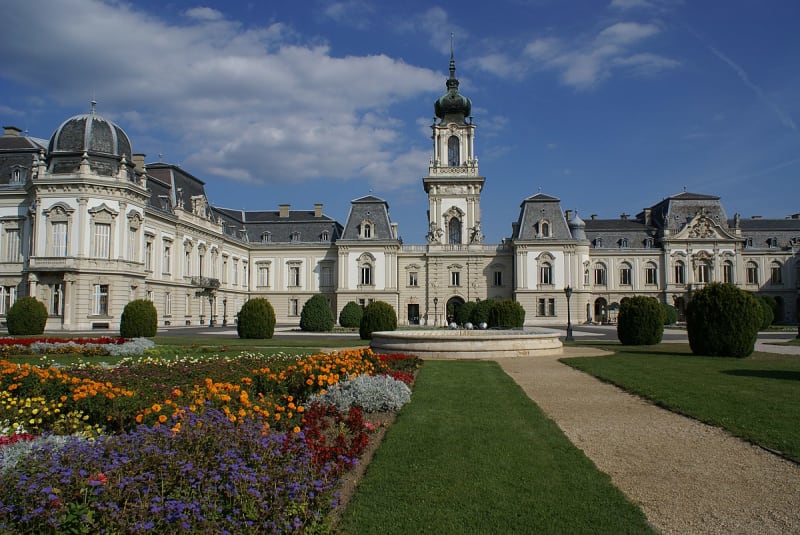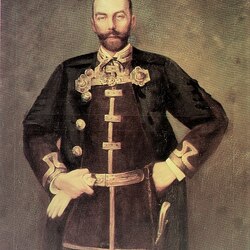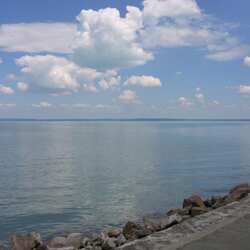Festetics Palace
The Festetich Palace is a monument of history and architecture of the XVIII century. It is located in the southwestern part of Lake Balaton in the Hungarian town of Keszthely. The building was built in accordance with the canons of French Baroque architects. There is a museum here where you can learn the history of past events.
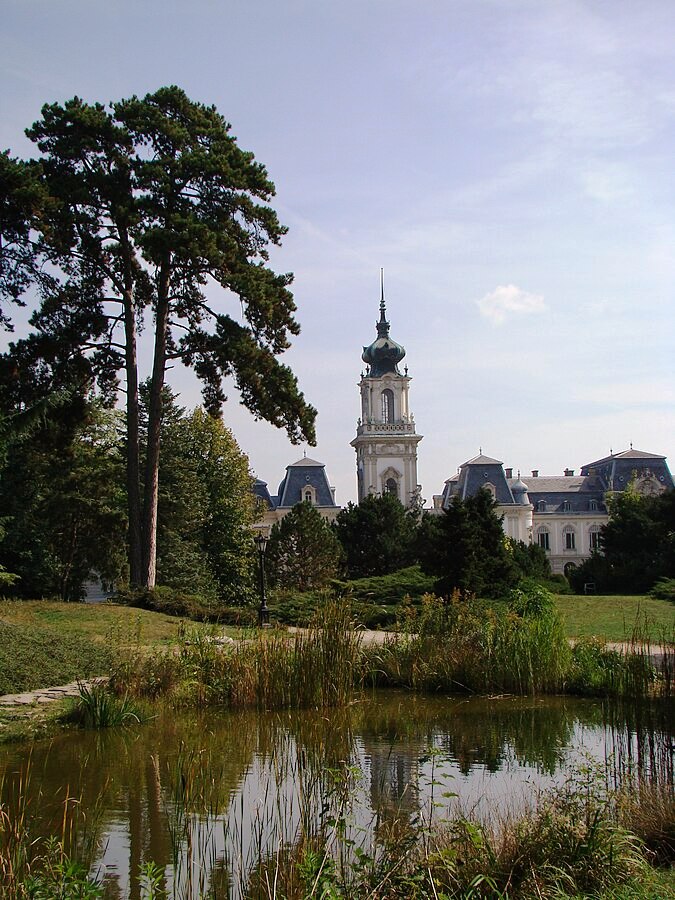
The history and merits of the Festetic family
Before describing the Festetic Palace, you should tell the story of a noble family. The first Festetic arrived in Hungary from Croatia in the middle of the 17th century. Unlike most rulers, the people remember representatives of this kind with respect and gratitude. Festetics are considered transformers, noble people who have done many good deeds. They spent the wealth they received not only on themselves, but also on the needs of their hometown.
In the middle of the 18th century, one of the first Festetics, Kristof, built a city hospital. In 1772, Pal Festetich opened a school for the townspeople. Thanks to Gyorgy Festetich, the first agricultural university in Europe, named Georgicon, was established in Kesthey in 1797. In the southern wing of his house, Gyorgy houses a library called the Helikon. It is important that all students could freely use the books from Helicon.
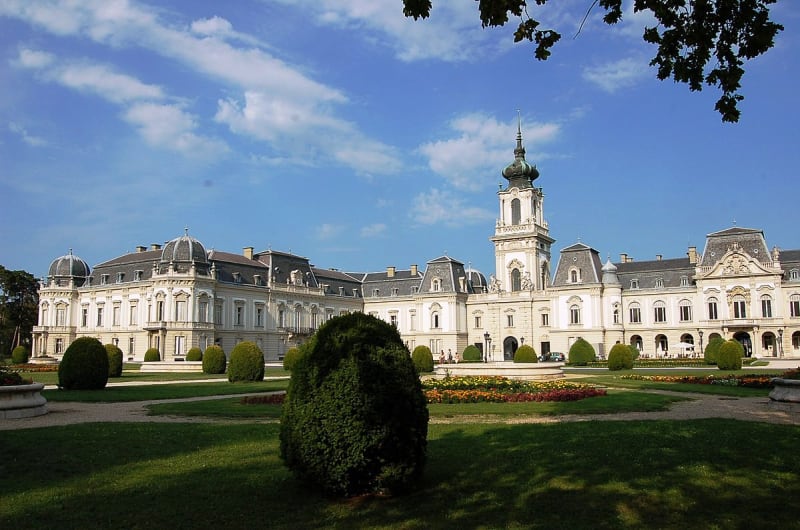
Literary contests with poetry readings and theatrical performances were held among students and senior high school students. The Helikon Literary Festival is still popular among Hungarian schoolchildren. Thanks to Gyorgy, the uniqueness and healing properties of the waters of Lake Hefiz have been proven. He carried out work on draining the marshes around the reservoir, built a swimming pool, a hospital, and laid out a park.
His descendants continued the development of the region. Agriculture, winemaking, and animal husbandry developed intensively here. A stud farm was built for breeding thoroughbred horses. The Festetici were the founders of sailing in Balaton, and now there is a sailing and yachting club in the town. Already at the beginning of the 20th century, Tasilo Festetic founded the city park. Its main attraction is the 7-kilometer pine alley.
Features of the Festetich Palace
The palace is still the main attraction for visiting tourists. It is in excellent condition. The palace and Park complex was built in the XVIII century. The architect clearly imitated the creators of French mansions created in the Baroque style. The Festetic Palace also impresses with its exterior and interior decoration.
Already at the entrance to the park, guests are greeted by a monumental gate with an exquisite openwork lattice. There are flower beds in the park, surrounded by sculptures and fountains. When it gets dark, beautiful lanterns are lit. The rooms inside the Festetic Palace are striking in luxury and furnished with refined taste. The rooms are decorated with exquisite furniture and antique portraits, including representatives of the Festetic dynasty. A staircase with an openwork railing leads to the second floor of the building.
It is impossible to take your eyes off the antique candlesticks and clocks, porcelain dishes. At the musical evenings held here, you can hear the sound of an antique piano. The rooms are illuminated by crystal chandeliers and sconces. Visitors to the Festetic Palace are particularly impressed by the ancient library, which has more than 80,000 volumes. Here you can find the first printed books, sheet music with notes by Joseph Haydn, books with pictures for children.
